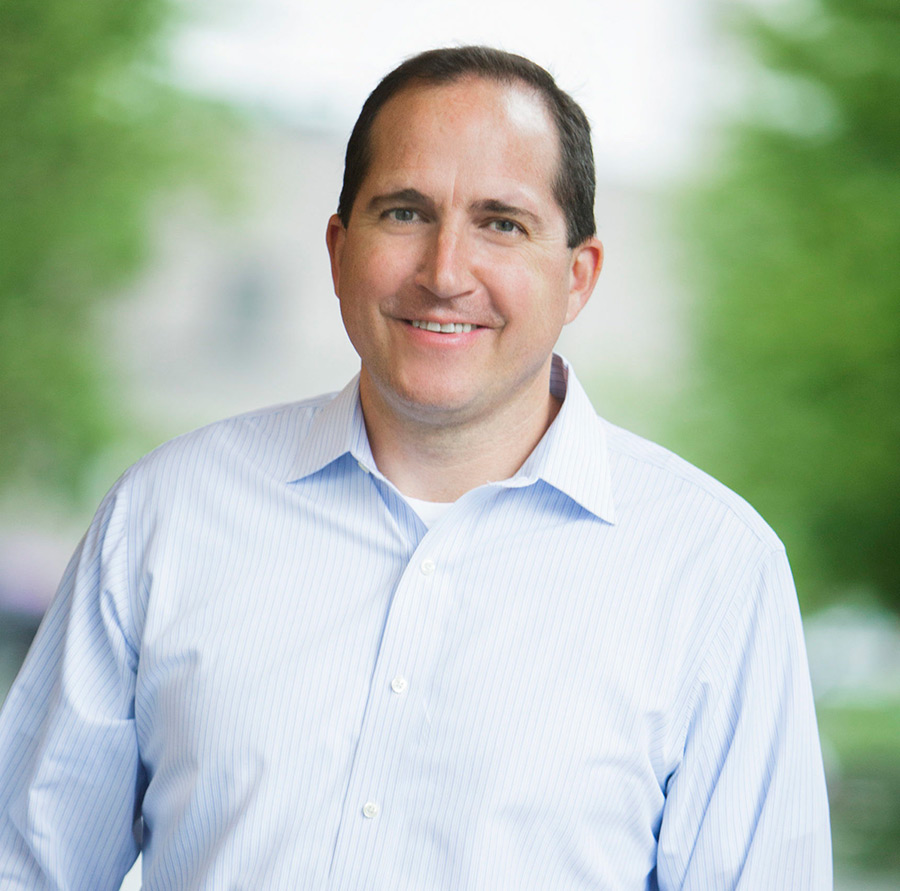When Jeff Bennett was diagnosed with cardiovascular disease at age 35, he was running marathons in 3:05 and his cholesterol was under control.
However, a family history of cardiovascular disease drove Bennett to rethink how he managed his own health and ultimately inspired his goal of helping 300 million Americans stay out of the hospital by managing chronic conditions or proactively identifying them before they become problematic.
Health Evolution spoke with Bennett about that inspiration, what CEOs should understand about how Higi’s Smart Health Stations extend care into the community and what’s coming in the near future.
Health Evolution: What is the inspiration driving Higi?
Bennett: The passion aspect for me comes from family history. My father had his first heart attack when I was 11 years old and then 9 days later, my uncle died from a massive heart attack of his own. That was 1982. In the following years, my dad had 4 open heart surgeries, 12 angioplasties, and angiograms more times than I can got my teeth cleaned. He lived to 72, taught as a professor and impacted a number of lives. If you think about how personalized medicine could have helped my dad, we need to move to a world where we can identify health issues sooner to drive better management of health care. Personally, I want to avoid going to the hospital — and if we can do that for 300 million Americans, that’s my goal.
Learn more: This Q&A is part of Health Evolution’s Innovation Lab
And so the Higi origin story began when I was running an investment firm and we invested in Merge Healthcare. We learned that the most valuable data when you are sick is medical imaging and pathology, so all that should be digitized for more scaled access from the people who can use it to improve your health. Those data points are the truth that can be used to improve care management and enable new innovations for managing care. The other source of inspiration was to help people avoid getting sick — so Higi was built to meet consumers where they are, including at retail pharmacies and grocery stores, to gather vitals, family history, prescription data, to better help people avoid the progression of chronic conditions.
Health Evolution: From the perspective of a payer or provider CEO, what should they understand about how the technology works?
Bennett: A consumer goes to a Higi station and gets screened for risk type 2 diabetes, heart attack and stroke risk. We are identifying key risk factors, such as obesity and hypertension paired with family history as a self-service assessment. From that data, consumers can receive recommendations on how to better manage their health. They can also opt-in for payer or provider partners, like Rush University Medical Center in Chicago, to receive their data and allow Rush to engage them either digitally or in-person. This helps identify people who might be progressing with chronic conditions. If that person is already a patient, we can put their data into an existing medical record or health profile. It’s also a way to extend access to the community, for people that are not patients and get them into appropriate care, to engage people who are healthy, and to engage patients in between visits. We can collect that data at the station and we support home devices for remote patient monitoring, integrate with Withings at-home scales, for example, to build a bridge to the home.











